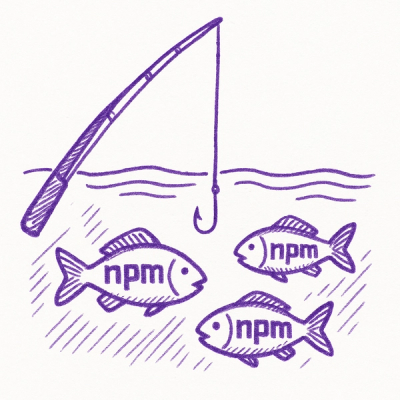atomic-router-forest
Forest bindings for atomic-router
Note: forest still in active development phase. This bindings will be in v0.x too.
❗️ Attention: At the moment atomic-router team collecting issues and feature requests to redesign and release update. Use current version of atomic-router on your own risk. We are going to write migration guide when/if the release will contain breaking changes. Thank you for reporting issues 🧡
Installation
Install the router and forest bingings:
npm i atomic-router atomic-router-forest
Don't forget about peer dependencies, if you haven't installed them yet:
npm i effector forest history
Usage
First of all you need to create Link component to route to from the UI.
In general, you need to create you own internal library router or something like:
import {createLink} from 'atomic-router-forest';
export const Link = createLink();
For each page you need to create a route instance:
import {createRoute} from 'atomic-router';
export const home = createRoute();
export const postsList = createRoute();
export const postView = createRoute<{postId: string}>();
Now you can create each page:
import {h, text} from 'forest';
import {withRoute} from 'atomic-router-forest';
import * as routes from '~/shared/routes';
import {Link} from '~/shared/lib/router';
export function HomePage() {
h('div', {
classList: ['flex', 'flex-col'],
fn() {
withRoute(routes.home);
text`Hello from the home page`;
Link(router.postList, {
text: `Show posts list`,
});
},
});
}
And the same for the other pages. You can pass params and query into the Link:
Link(routes.postView, {
params: {postId: remap($post, 'id')},
text: remap($post, 'title'),
});
Link(routes.postList, {
query: {offset: $currentOffset.map((offset) => offset + 10)},
text: 'Show next posts',
});
Next step you need to define your paths for each route:
import * as routes from '~/shared/routes';
import {HomePage} from './home';
import {PostListPage} from './post-list';
import {PostViewPage} from './post-view';
export const ROUTES = [
{path: '/', route: routes.home},
{path: '/posts', route: routes.postsList},
{path: '/posts/:postId', route: routes.postView},
];
export function Pages() {
HomePage();
PostListPage();
PostViewPage();
}
Last step is create router and link it with the Link and App:
import {sample, createEvent} from 'effector';
import {h, node, using} from 'forest';
import {createBrowserHistory} from 'history';
import {createHistoryRouter} from 'atomic-router';
import {linkRouter, onAppMount} from 'atomic-router-forest';
import {ROUTES, Pages} from '~/pages';
import {Link} from '~/shared/lib/router';
const history = createBrowserHistory();
const router = createHistoryRouter({routes: ROUTES});
const appMounted = createEvent();
sample({
clock: appMounted,
fn: () => history,
target: router.setHistory,
});
linkRouter({
clock: appMounted,
router,
Link,
});
function Application() {
Pages();
onAppMount(appMounted);
}
using(document.querySelector('#root')!, Application);
That's all!
SSR guide will be there asap.



